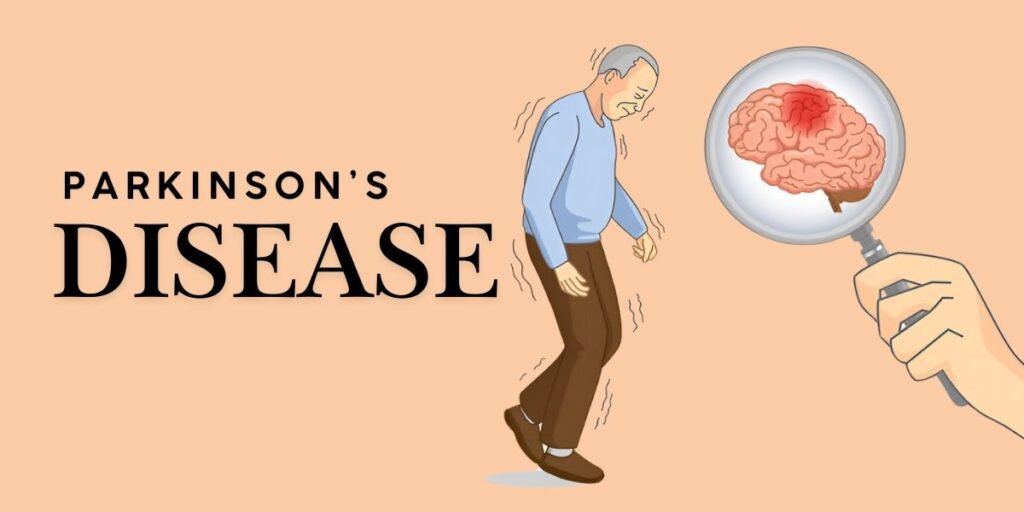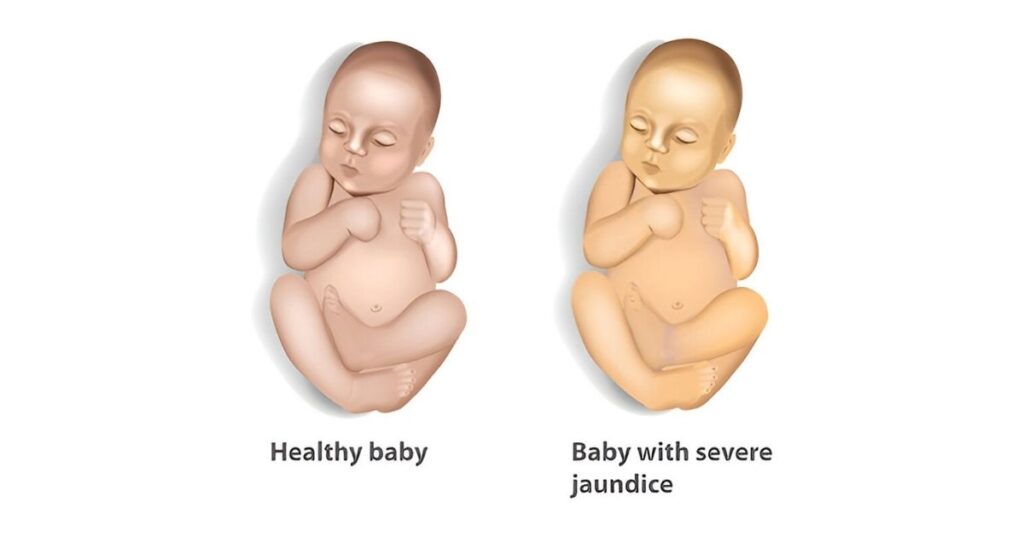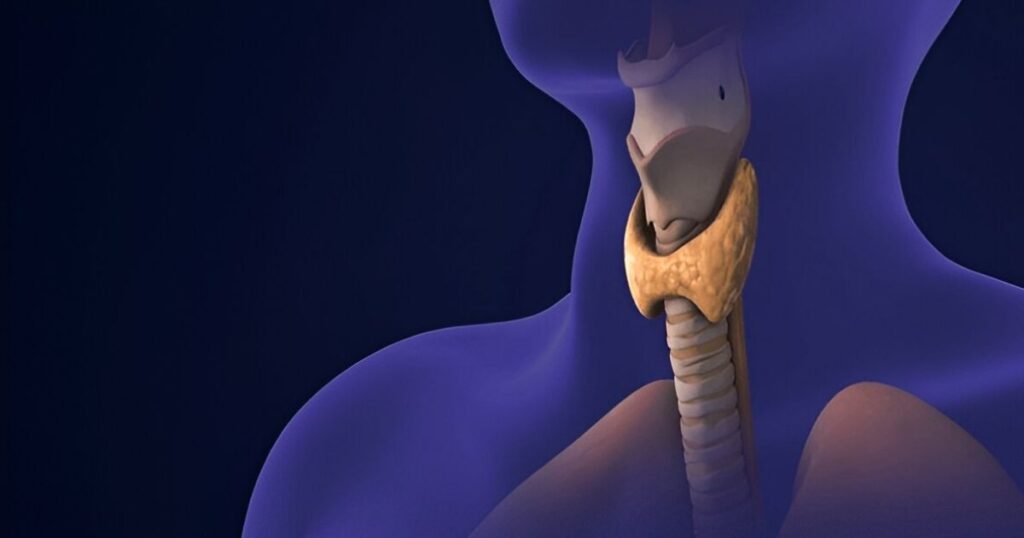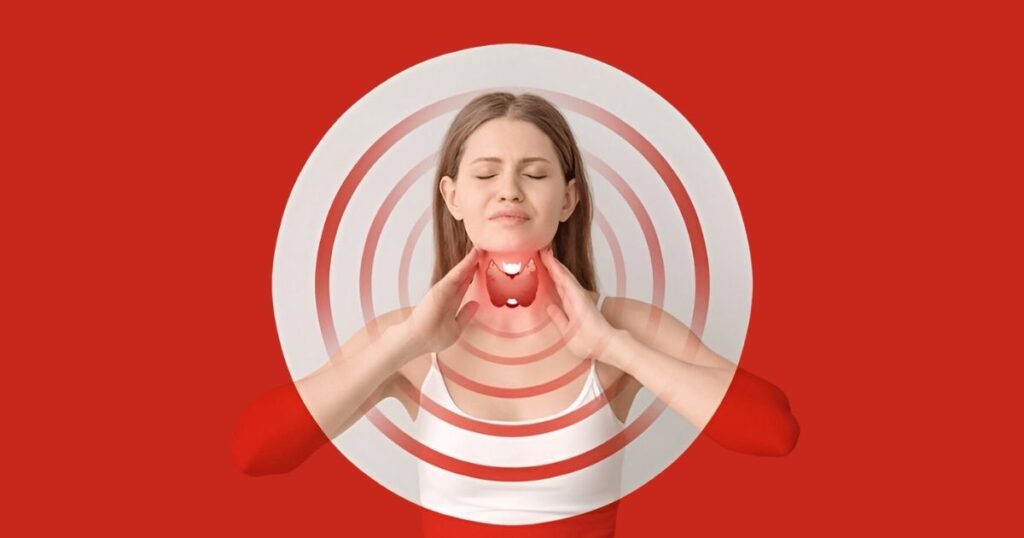Introducing Parkinson’s Disease – Stating a Few Facts
Parkinson’s Disease that affects the way you move. This progressive brain illness is no more a concern just for the older population. A large number of patients, each below 50 years of age have been diagnosed with an early onset of the disease. This makes the average age among Indians for onset of PD ± 11.32 years as opposed to 50. This means Indians become susceptible to this neuro-disorder a decade before compared to the world population. What’s even alarming is among 2035 suspected with PD, 45.06% faced an onset between 22 years and 49 years. It’s a worrisome situation, to say the least and requires a different approach towards the management of the disease. [1]
Parkinson’s disease destroys the neural structures in the elderly. Motor symptoms appear as a result of substantial dopamine depletion. The degeneration of the dopamine-producing neurons occurs due to apoptosis or the cells self-destructing. This makes dopamine levels deplete. It is the primary mechanism of Parkinson’s disease, the second-most common neurodegenerative disorder after Alzheimer’s disease.
This article provides an overview of how to check apoptosis and stop Parkinson’s disease from advancing and before you meet cognitive DEATH.
What is Parkinson’s disease?
Parkinson’s Disease, shortened as PD is a neurodegenerative disorder that advances with time. The disease sets in due to reduced Dopamine production for dopamine-producing neurons dying in the brain. Sometimes, Parkinson’s symptoms show up with other neurological symptoms. Examples are Wilson’s disease, progressive supranuclear palsy and multiple system atrophy. This is called Parkinsonism-Plus. When other diseases mimic PD, it is categorized as Parkinsonism.
PD leads to both motor and non-motor symptoms that include tremors, rigidity and bradykinesia (slow movement). Postural instability is also detected in a patient besides non-motor symptoms initiating cognitive impairment, sleep disturbances and depression.
The exact cause behind PD remains unclear. Several genetic and environmental factors are held responsible for the onset of the disease. There is no definitive test for PD, therefore, diagnosis primarily focuses upon clinical evaluation and neuroimaging.
There is no cure for PD. To provide relief from the symptoms, dopamine-replacement therapies and surgical interventions (deep brain stimulation [2] and Duopa™ [3]) are mostly opted for. These measures have been found to improve the quality of life for patients quite satisfactorily .
What causes Parkinson’s Disease?
We need to know about Dopamine before discussing Parkinson’s Disease in detail.
Dopamine is a mono-amine neurotransmitter found in the brain. It is essential for the central nervous system to function normally. Dopamine is also the factor that resists shock and stops blood pressure from falling. In other words, Dopamine is an important regulator of systemic blood pressure. [4]
Dopamine also signals the parts of the brain that controls movements. An individual affected by Parkinson’s Disease will have more than 60% of the brain cells producing dopamine damaged. While this chronic, progressive illness is incurable at present, there are treatment options that can resist it from getting worse with time.
Parkinson’s Disease may have origins of its own and no underlying factors or causes stay present. This includes Idiopathic Parkinsonism, Parkinson’s disease and Paralysis Agitans.
Secondary causes have some underlying factors present. These can be infections like HIV, encephalitis and influenza leading to inflammation that trigger different cytokines and mediators. Signalling pathways of apoptosis (cell-suicide) [5] are also activated, bringing neuronal damages. A tumour of the basal ganglia causing inflammation also compresses and damages neurons, bringing symptoms of Parkinson’s disease.
Toxins like Manganese, Carbon monoxide and Methyl Phenyl Tetrahydropyridine also cause neuronal damages while Vascular ischemia is the third cause leading to neuronal damage. Several drugs used for treating high blood pressure, psychological disorders and gastroparesis also stay responsible.
Punch drunk syndrome in boxers is due to repeated injuries to the head. It is also a cause behind the development of Parkinson’s in boxers.
Factors that Increase the Risks for an Onset of Parkinson’s Disease
Environmental causes.
Exposure to farming chemicals, like pesticides and herbicides. E.g. Agent Orange.
Heavy metals
Detergents and solvent
Head trauma.
Repeated blows to the head increases one’s risk of developing Parkinson’s. However, the type of the blow; its severity and frequency are determining factors.
Age and Heredity
People above 60 years of age are more likely to develop PD while those below 45 are rarely seen to be a victim. Then there are those with close relatives (blood relations) detected with Parkinson’s disease. This increases the risk of developing the disorder more. The risk increases with the number of your relatives. More number of relatives with the disease, more are your chances to develop it in the later stages of your life.
Symptoms and Signs of Parkinson’s disease
Symptoms for PD largely vary, depending upon the patient. Early symptoms are mild enough to be ignored. They begin mostly on one side of the body, spreading to the other side with time. The symptoms are usually more prominent on one side than the other. The problem is, some of these symptoms resemble few other neuro-degenerative disorders.
Motor Symptoms of Parkinson’s disease
Tremors
- A rhythmic shaking of the hands and/or fingers when they’re at rest or when you’re under stress.
- Shaking in the foot or jaw under the same conditions as above.
- Rubbing thumb against forefinger; back and forth or pill-rolling tremor.
Slowed movement
Bradykinesia or slowed movement makes simple tasks difficult. You really need to try hard getting out of a chair; taking a shower or getting dressed. Your facial expressions reduce, including blinking of eyelids.
Muscle Rigidity
- Stiff or tensed muscles that feel painful.
- Short and jerky limb movements.
- Stooped posture and balance problems.
- Loss of muscle memory that reduces reflex actions..
- Change in speech volume, speed and clarity and a lack of typical speech patterns.
- Trouble with writing.
Non-motor symptoms (NMS) of Parkinson’s disease
These are confusing since depression and anxiety do not necessarily point at PD. Those apart, constipation and sleep problems, acting-out dreams, frequent urination, trouble smelling, and problems with thinking and memory, and extreme fatigue can be symptoms of PD.
Stages of Parkinson’s disease
While symptoms and progression of disease are unique for every PD patient, knowing the stages of Parkinson’s can help you cope with the changes as they occur. Some people experience changes over 20 years or more [6]. Others find the disease to progress much faster.
Preclinical Phase
At this stage, degeneration of the dopamine-producing neurons begin. Clinical symptoms don’t become evident yet. However, mild symptoms like faint tremors, changes in posture, wobbly gait and a lack of facial expressions might occur. These do not clash with a patient’s daily activities and therefore, are not given importance. The tremors and other symptoms of immobility occur only on one side of the body.
Prodromal Phase
Some symptoms do show up, but they are not sufficient for a clinician to run a diagnosis. Tremors aside, rigidity and other immobility symptoms start affecting either the midline or both sides of the body. Stepping problems and a poor posture now start becoming visible. The person will still be self-sufficient but daily tasks tend to get more difficult and time-consuming.
Clinical Phase
This is when symptoms develop fully and get severe. Walking and standing without assistance might still be possible, but most of the time, a basic support like a cane or a walking stick might be required. The patient also needs help – in varying degrees – with daily activities. This is when we say Parkinsonian symptoms have manifested and are clearly recognizable.
Considered mid-stage, falls are more common at this stage as motor symptoms continue to worsen. Disability is mild to moderate at this stage, before it advances and becomes debilitating.
Leg stiffness is common at the advanced stage, making standing or walking an impossible task. Even with support and assistance. The person becomes bedridden, or is confined to a wheelchair. 24/7 care for all activities becomes a primary requirement.
How is Parkinson’s disease diagnosed?
Symptoms related to balance, speech and physical movements can highly point towards other disorders, so a specific range of tests are run to detect PD. This is followed by the development of a personalized treatment plan.
Tests that are run to ascertain an onset of Parkinson’s are:
- Blood test
- MRI or CT scan.
- DaTscan
- Neuro-psychological tests.
- Any other test your doctor might recommend.
Treatment for Parkinson’s
Only experienced specialists should devise and offer treatments. This includes everyone from the neurologist and the neurosurgeon to the physiotherapist and dietician/nutritionist. While symptoms can’t be wiped out totally, they can be improved.
- Physical, occupational and speech therapies.
- Physical Support.
- Medication
- Deep brain stimulation (DBS) surgery
- Rehabilitation
- Education and support classes.




